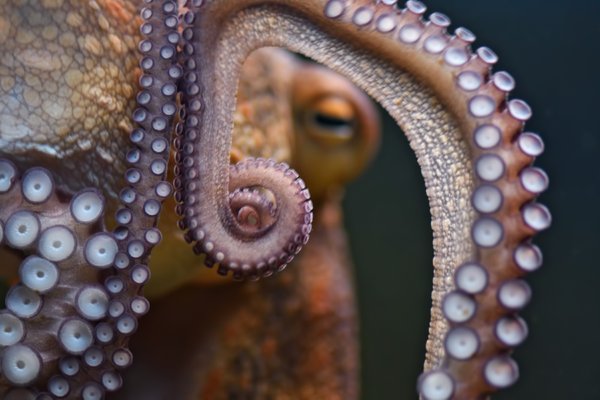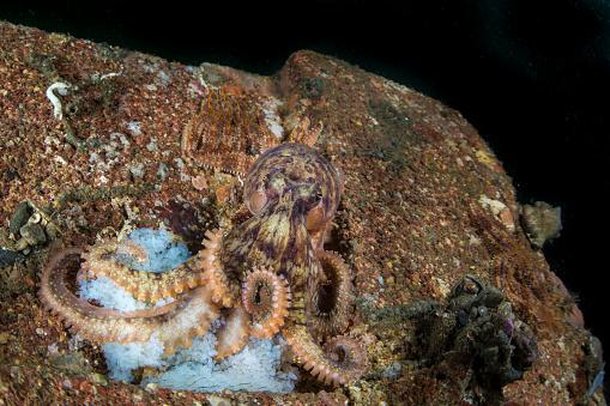Why do female octopuses kill each other after mating? Science answers
2 min read
a death after mating It is common to many animals, but in the case of the octopus it warrants much more attention, as the female enters a self-destructive cycle before the offspring are born. Inquisitive behavior has long intrigued researchers, and now science may have an explanation for it.
In a study conducted by the Universities of Washington and Chicago in the United States, it was possible to observe the species octopus bimaculoides, native to the Pacific Ocean, in an attempt to solve the mystery. The results published in the journal Current Biologylast year, indicate the interference of a chemical.
The process begins when the female lays her eggs and stays close by caring for them and protecting them from predators and other dangers. But when the hatchling approaches, it finishes feeding and begins to mutilate itself, even tearing off bits of its claws.

All these behaviors lead the mother of the octopus to death before the children are born. Can be catalyzed by 7-dehydrocholesterol (7-DHC), according to the authors. The compound, also found in humans, is involved in the production of cholesterol and vitamin D, and production increased after mating.
Fatal changes
A study conducted in the 1970s did indeed indicate that Octopus self-destruction mechanism It was related to the optic glands, located near the eyes of animals and having a function equivalent to the pituitary gland in humans. But scientists did not know the cause of suicidal behavior.
According to the latest research, which compared the glands of females that mated with those that never gave birth, elevated levels of 7-DHC may be the trigger. High concentrations of the substance are associated with toxicity and lethality.

It is noteworthy that an elevated level of 7-DHC in humans is associated with Smith-Lemli-Opitz syndrome. People born with this genetic condition may have behavioral problems, including self-harm, as well as intellectual disabilities and physical deformities.
Although present in both, the compound is not directly linked to death in humans, even in large amounts, unlike what happens with female octopuses. The discovery could put an end to theories that the animal mutilated itself to scare off predators or to release important nutrients for the eggs.
Not all species are suicidal
Although suicidal behavior after spawning is common, it does not occur in all octopus species. a octopus chierchiae It is one of those that escapes practice, being able to mate multiple times and lay many eggs without killing itself in sequence.
Also known as Pacific lower striped octopus or the dwarf zebra octopus, has become the ideal candidate to study the origin of these animals’ self-destructive behaviour. This species is related to the large Pacific striped octopus, which is popularly called “kissing octopus“.

“Entrepreneur. Music enthusiast. Lifelong communicator. General coffee aficionado. Internet scholar.”

:strip_icc()/s04.video.glbimg.com/x720/11792055.jpg)

:strip_icc()/s03.video.glbimg.com/x720/11786998.jpg)



